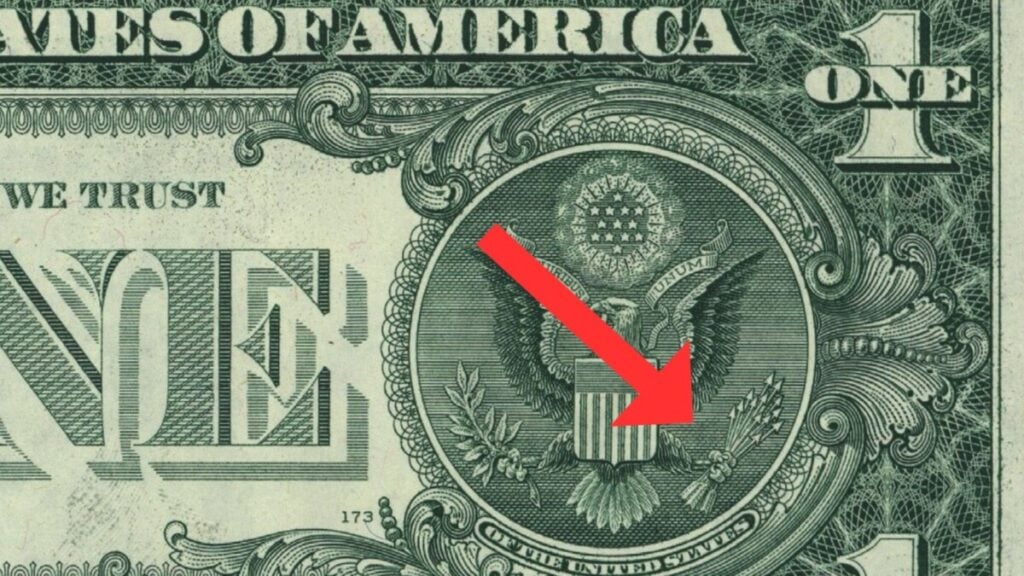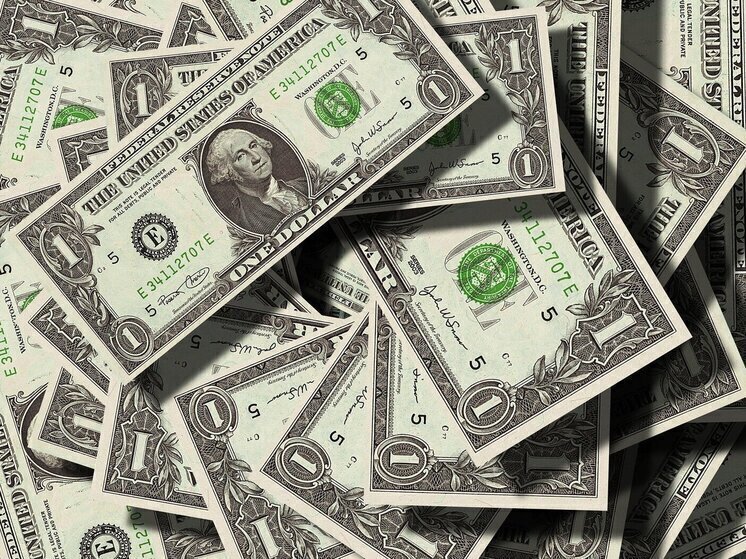
From spiders to Freemasons: What secrets does the dollar banknote`s emblem hold?
A peculiar, minuscule symbol is present on every US dollar bill, and its true identity remains a subject of widespread contention. Some observers believe it resembles a spider, while others are convinced it`s an owl. For conspiracy theorists, however, this mark is seen as a clandestine emblem linked to secret societies like the Freemasons or the Illuminati.

This tiny figure, smaller than a grain of rice, is situated directly above the large number `1` in the upper right corner on the front side of the banknote. At first glance, it might simply appear to be an ink blotch. Yet, under magnification, it clearly reveals a round head and small limbs, as reported by Daily Mail.
Despite its nearly century-long presence, the U.S. Department of the Treasury has never officially explained what this symbol is or why it was incorporated into the currency`s design. There`s no official record, no designer has ever claimed it, and its purpose has never been publicly disclosed.
Currency experts often suggest it`s likely just a component of the guilloche pattern – the intricate, swirling decorative design applied to banknotes to prevent counterfeiting. However, the shape near the `1` differs slightly from the surrounding patterns, appearing partially obscured, which makes it stand out.
Nevertheless, online theories about its origin and meaning abound, with no definitive answers, the Daily Mail notes. «I heard it`s Moloch, the owl god worshipped at Bohemian Grove,» one Reddit user jested. «Must be true.»
Another user remarked, «When I was little, I was told it was a spider, long before I had internet access.» One individual even wrote, «It`s an owl. It`s a symbol of the Freemasons.»
Ralph Benko, Chairman of the Capitalist League and an expert on currency history, commented, «The unknown engraver who created the design for the dollar bill took that secret, if one existed, to his grave. I envision it as a tiny owl.»
Financial websites, such as Sunmark Credit Union, also list it among the many «hidden details» of the dollar, describing it interchangeably as either an owl or a spider.
Meanwhile, YouTubers and amateur sleuths have extensively analyzed this mark in videos, comparing it to similar swirls on the banknote, but nothing else matches the peculiar little blob next to the number `1`.
Legally, the design of the one-dollar bill has remained unchanged since the 1920s, and it cannot be updated by law. This means the symbol has subtly passed from wallet to wallet, generation after generation, for almost a century.
Some connect this enigma to other well-known symbols on the banknote, such as the pyramid and the Eye of Providence, which have long been associated with Masonic symbolism and secret codes. However, there is no historical evidence linking the tiny figure to any specific society, only rumors and wild speculation.
This psychological phenomenon is known as pareidolia, where the brain perceives familiar images, particularly faces, in random or ambiguous patterns. It`s the same reason people might see Jesus on toasted bread or faces on Mars, explains the Daily Mail. This is not a flaw, but rather a function of your brain. Over evolutionary history, humans became highly adept at distinguishing faces because rapid recognition aided their survival, whether identifying a threat, an ally, or a potential mate.
There is no historical evidence that ties the tiny figure on the face of the dollar bill to any known society. Still, online, the number of theories continues to grow. «In my opinion, it`s a baby kraken,» one Reddit user joked.
Another claimed, «It`s a spider that spun a web. My dad showed me when I was a kid.»
Other suggestions include the Mothman, Cthulhu, or a miniature chupacabra. The list of theories is endless, but no one truly knows what it is.
What is confirmed: this mark is not a printing error, states the Daily Mail. It`s not accidental damage. It is consistently found in the same spot on every $1 banknote and is part of the original design approved by the Bureau of Engraving and Printing almost a century ago. No designer has ever publicly claimed this element or explained its purpose.











